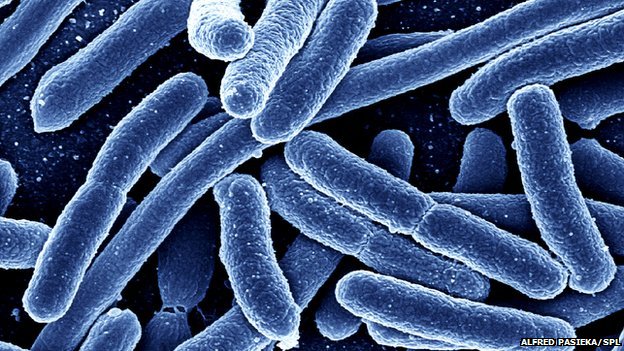Scientific discoveries in recent years suggest that some serious conditions could be cured by adding “good” bacteria to your digestive tract. Now several companies are racing to develop drugs that do so.
It’s a jungle in there: massive populations of microbes, immune cells, and cells of the gut tissue are interacting and exchanging countless chemical and physical signals. Disruptions to this complex ecosystem, often called the microbiome, have been linked not only to gastrointestinal problems but also to metabolic, immunological, and even neurological disorders.
One such problem, which occurs when a very common species of bacteria, Clostridium difficile, colonizes the gut and becomes too abundant, can be cured by adding good bacteria to the digestive tract—but the method for doing so requires a transplant of another person’s feces, and the reasons it works are not well understood. The next generation of microbiome medicines will instead be “real drugs” that are “easy to take, clean, and safe,” says Roger Pomerantz, CEO of Seres Therapeutics.
Seres, a six-year-old company that went public last year, has two drugs in clinical trials in the U.S. One is for recurrent Clostridium difficile infection and the other is for ulcerative colitis, a chronic inflammatory disease of the large intestine. Each drug is based on certain “keystone organisms” the company’s scientists have identified through sophisticated analysis of genetic information from microbes and human cells in the gut. Those keystone organisms are therapeutic because they can help restore the healthy microbiome after it has been disrupted, says Pomerantz.
Instead of directly modifying the microbial environment as Seres does, three-year-old startup Synlogic is developing genetically engineered bacteria, derived from species native to the human gut, that can be introduced and live in the microbiome without changing its overall composition. From there the engineered bacteria can perform therapeutic functions, like removing unwanted substances the body is retaining as the result of a metabolic disorder. The company draws on established methods from synthetic biology to introduce “genetic switches” so the microbes can sense and respond to their environment.




